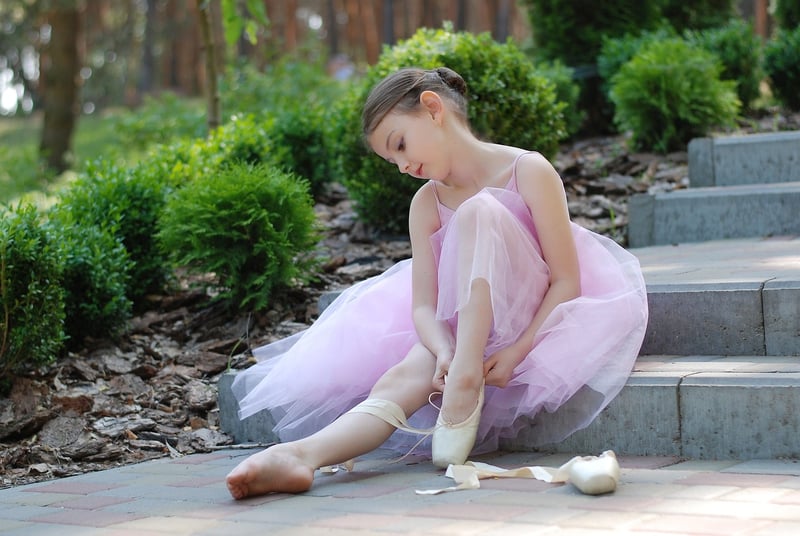Improvisational Dance
Exploring Emotional Release through Movement and Improvisational Dance
Expressing emotions through movement has been a cathartic and transformative practice for centuries. Whether through structured dance forms or free-flowing improvisation, the act of moving the body can help release pent-up emotions, reduce stress, and foster a deeper connection with oneself. In this article, we delve into the world of emotional release through movement, with a focus on improvisational dance.
The Power of Movement in Emotional Expression
Our bodies often hold onto emotions that we may not be consciously aware of. Movement provides a channel for these emotions to surface and be expressed. Through dance, individuals can tap into their innermost feelings, allowing for a release that words alone may not suffice.
Benefits of Improvisational Dance for Emotional Release
Improvisational dance, also known as free dance, encourages individuals to move freely without predetermined choreography. This form of dance allows for spontaneity, creativity, and a direct connection to one's emotions. Here are some benefits of improvisational dance for emotional release:
- Freedom of Expression: Improvisational dance offers a safe space to express emotions without judgment.
- Body-Mind Connection: It enhances awareness of body sensations and emotions, fostering a deeper mind-body connection.
- Release of Tension: Moving the body freely can release physical and emotional tension stored in the muscles.
- Catharsis: Dancing without constraints can lead to a cathartic release of pent-up emotions, providing a sense of relief.
Tips for Exploring Emotional Release through Improvisational Dance
- Set the Mood: Create a safe and comfortable space where you can move freely without distractions.
- Play Music: Choose music that resonates with your emotions or opt for instrumental tracks that allow for a more abstract expression.
- Focus Inward: Close your eyes, take deep breaths, and tune into your body's sensations and emotions before starting to move.
- Let Go of Expectations: Embrace spontaneity and allow your body to lead the dance without judgment or preconceived notions.
- Reflect Afterwards: Take a moment to reflect on how the dance made you feel and any emotions that surfaced during the practice.
Emotional release through movement, especially improvisational dance, can be a powerful tool for self-exploration, healing, and personal growth. So, put on some music, let go of inhibitions, and dance your emotions out!

Image Source: Pixabay
